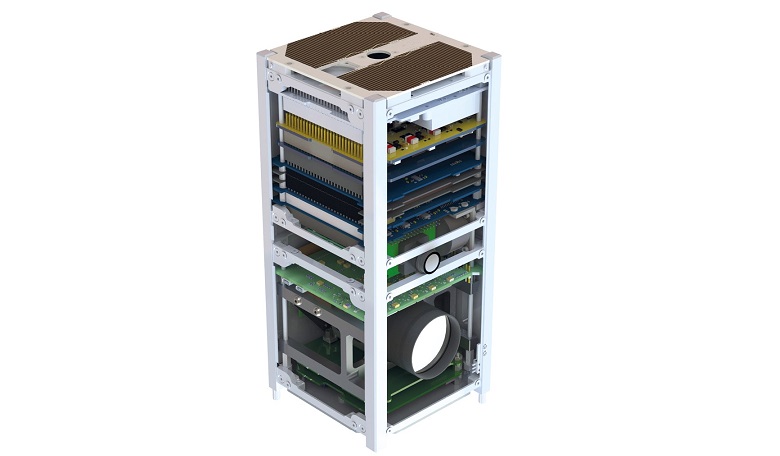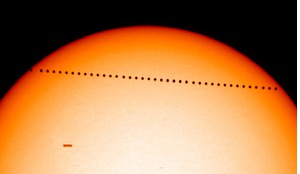Two companies - set up independently in The Netherlands and South Africa some 10,000 km apart in the second half of the 2000s - are proof of the value of networking across the global space business. After making contact at the 2011 International Astronautical Congress (IAC), they discovered a common commercial synergy and, despite initial differences in ambition, the Cape Town-based Space Advisory Company (SAC) and the Dutch Innovative Solutions In Space (ISIS) soon found areas of overlapping interest and have gone on to develop high capability and reliable optical Earth observation (EO)payloads for the growing CubeSat market.
ISIS was founded in 2006 to provide a full spectrum of CubeSat missions from design to launch service, including standalone subsystems sold through its web shop, know as the ‘CubeSatShop’. SAC was founded in 2009 as a vendor-independent satellite programme, systems consulting and engineering bureau.
An initial collaboration was agreed with the involvement of both companies’ technical teams on an ISIS project.
Discussions about an EO payload collaboration started in February 2016 and led SAC to specify and develop the Gecko camera that was eventually flown on the nSight-1 satellite as part of the European QB50 programme.
Successful technical collaboration between ISIS and SAC has been driven by an open exchange of data with a bilateral review of interfaces including CAD models, thermal models, ICDs (interface control document) and software drivers. The two companies have also exchanged development hardware to support R&D processes.
Since the compact Gecko imaging payload first flew in 2017 as a technology demonstrator on the nSight-1 satellite, SAC and ISIS worked to package the imager as a standalone RGB imaging payload for closely integrated CubeSats. The first of these commercialised Gecko imagers was scheduled for launch in late 2018.














